You don’t have to be wealthy to begin investing in real estate. In fact, it can often actually be easier if you’re younger and have a more flexible lifestyle. It’s much easier to navigate creative opportunities like house hacking or live-in flips when you don’t have large work or family obligations and can dedicate more time to the project. This quick guide will show you how to house hack and then use a 1031 exchange to scale well beyond your first property.
House Hacking
One of the easiest ways to find the funds to invest in real estate is through house hacking. “House hacking” is turning your investment property into your personal residence. By finding a duplex or other multi-family property, you can charge rent for the other units while you live in the other rent-free. And since housing expenses are usually your single largest monthly expense (most people spend about 30% of their gross monthly income on it), this means you can save quickly to repeat the process or buy another investment property.
The key to a successful house hack is finding a good neighborhood (one that you want to live in yourself) in need of repairs. Ideally, at least one unit is immediately rentable after purchase — meaning you can either start generating income or live within that unit. The key is to find a property that needs some repairs, but one unit is still livable. You can do value-added renovations that boost the property’s value so you can maximize your profits once you look to exchange it (which we’ll go over in the next section).
In the case of a duplex, if the other unit needs some minor work, you may opt to live on that side while you complete renovations. After all, it’s a lot easier to do the work when all you have to do is walk downstairs.
A rule-of-thumb when purchasing a property is the 1% rule. You should find a property that you can charge at least 1% of the purchase price in monthly rent. If you spend $250,000 on a duplex, you should be able to get $2,500 in monthly rental income — or $1,250 for each side. While you won’t actually realize this full amount when you’re house hacking, you’ll still live rent-free on one side while gaining equity in the property and setting yourself up for success in the form of future cash flow.
There are financing perks to house hacking as well. Unlike purchasing a property solely for the purpose of using it as a rental, by house hacking, you may qualify for a residential 30-year mortgage. Or, better yet, you may be approved for a Federal Housing Authority (FHA) or similar loan which requires as little as a 3.5% down payment.
If you’re a veteran, you could secure even better terms in a mortgage — possibly even for no money down. These two options aren’t available unless the property is owner-occupied, and you will have to pay for mortgage insurance for the life of the loan.
1031 Exchange
After you’ve purchased your first rental property and gained some equity, you may wish to sell that property for a profit. This way you could use that cash to purchase multiple properties and continue to increase your wealth.
However, every real estate investor knows selling your home is expensive. Even if you sell your property FSBO (no agent), which we don’t recommend, you’ll end up paying a lot when you sell.
The costs of selling your home include realtor fees, loan payoff costs, title insurance fees, HOA fees, attorney fees, transfer tax, and any other unexpected repairs that pop up.
Then there’s capital gains tax. Capital gains are the net profit you get when selling something you own — in this case, real estate property. To calculate your capital gains, take your sale price and subtract from it your cost basis. The cost basis of your home not only includes what you paid to purchase it, but all of the improvements you’ve made over the years. This may include a new roof, a room addition, or other large project. You can also subtract almost all your selling expenses.
If the resulting amount is a profit — or gain — the IRS wants a slice of that in the form of a one-time capital gains tax. There are short-term capital gains for properties you’ve owned less than a year and long-term gains for those over a year and the rate is different for each.
Luckily, there is a tool experienced investors use to avoid paying those steep capital gains taxes — that tool is the 1031 exchange. It allows investors to shift the profit of the sale from one property to the purchase of another without paying capital gains or depreciation recapture taxes.
More simply, you’re just moving your investment from one property to another.
Make sure to work with a good CPA or attorney to guide you through the process. You’ll need to reinvest the money within 180 days and do a “like-kind exchange.”
The definition of this is quite liberal — properties do not need to be of the same size or type to qualify. Different assets are exchanged as long as they qualify: they must be used for business or investment purposes, rather than personal or primary residency, and the new property must be of greater or equal value to the exchanged property. So a multifamily property can be exchanged for a single family rental, or vacant land for an apartment building or hotel. The type of property doesn’t matter, but it’s use does.
However, you only have 45 days from the day of your sale to identify the new property or properties you’re looking at purchasing using the profits.
By using house hacking and the 1031 exchange you can continue to defer your capital taxes indefinitely. House hacking allows you to build equity while having your tenants pay off your house, while the 1031 exchange allows you to scale your portfolio.



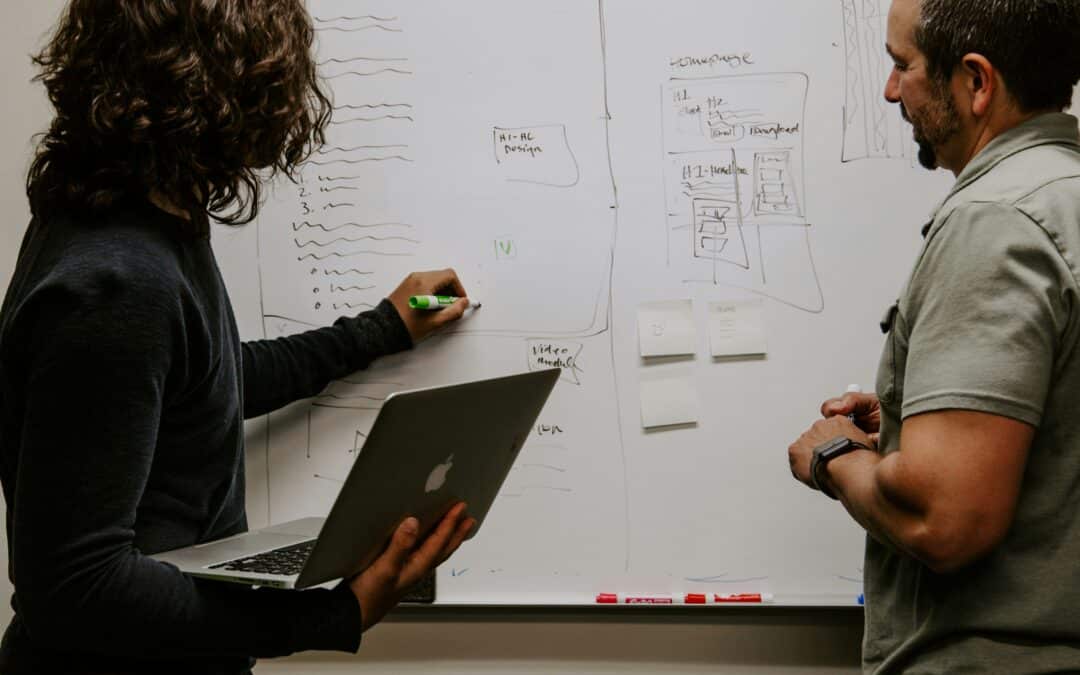
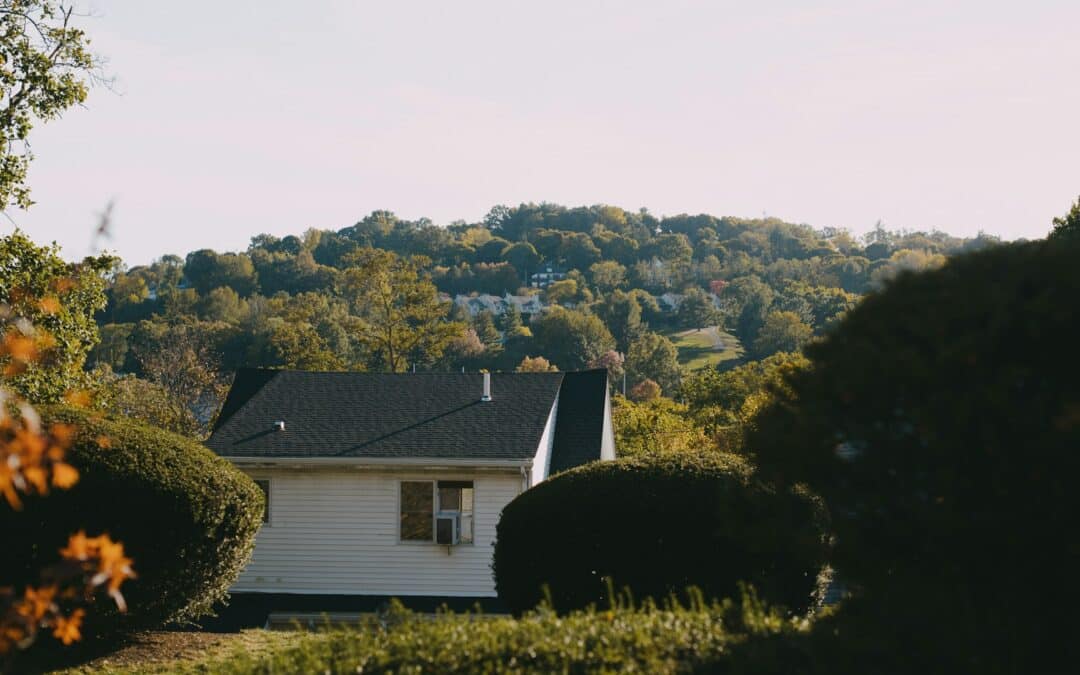


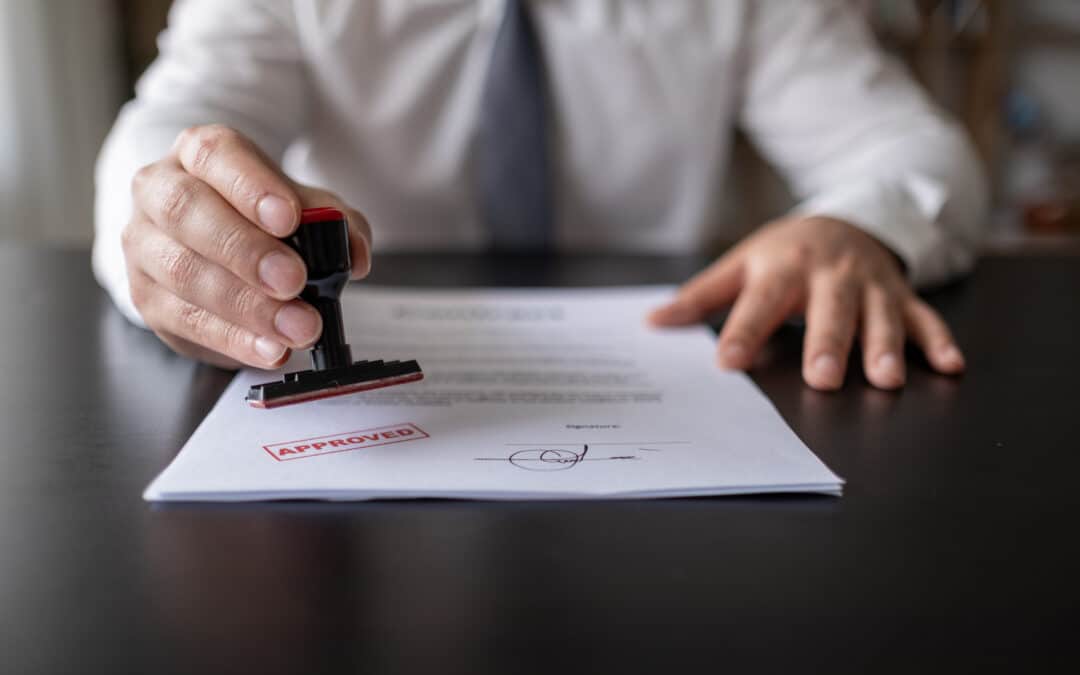

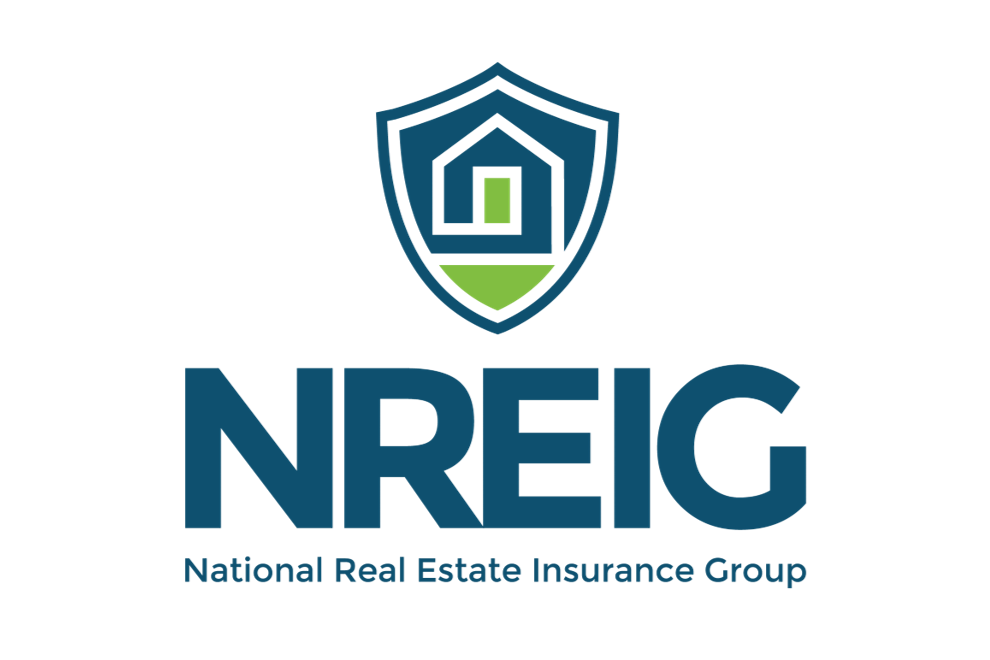
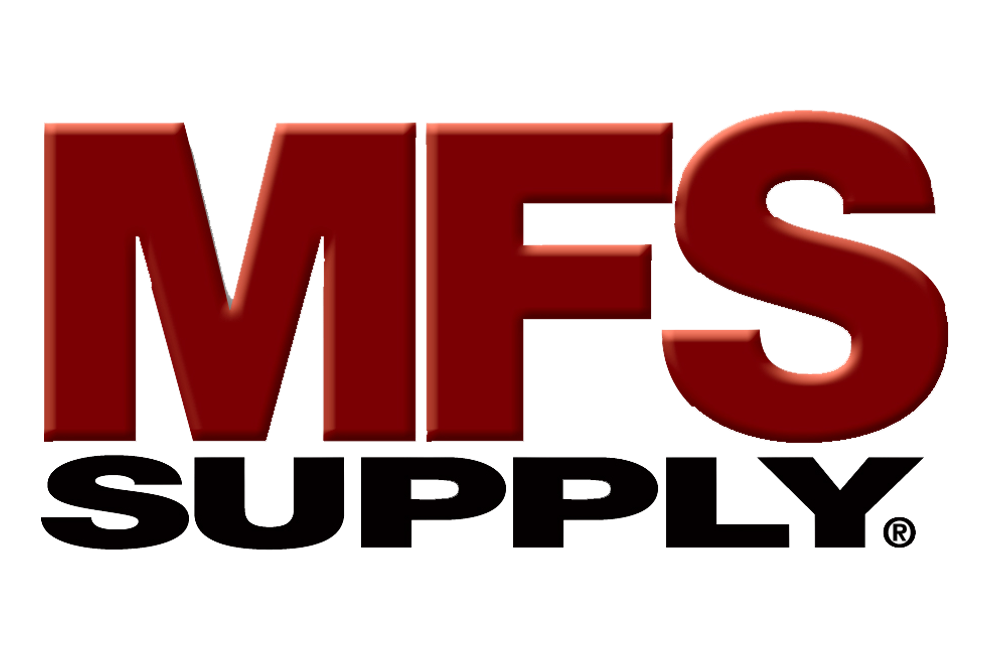

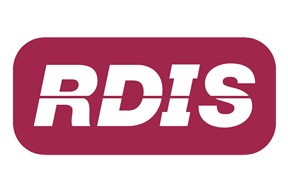
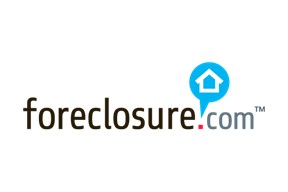
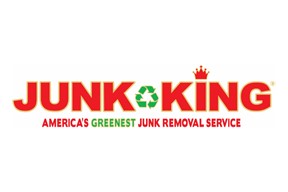
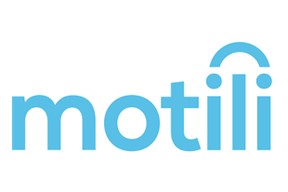


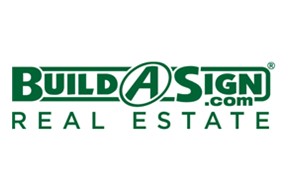

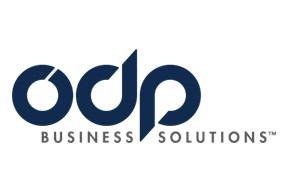
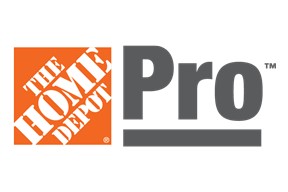
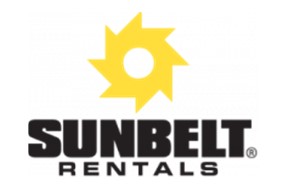
0 Comments